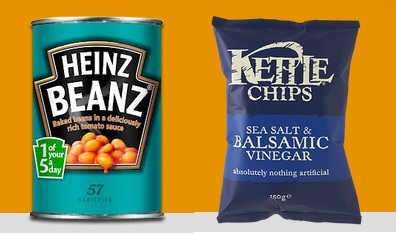Many small businesses are dissuaded from product sampling because of its high cost – you are, after all, giving away your product for free. But product sampling – especially that provided by a specialist field sales agency – has proven its worth time and again, largely because of its consistently high conversion rate.
In this article, we’ll have a look at some of the ways to get the best out of the technique and to ensure that your product reaches the maximum possible number of people.
What sort of products benefit from product sampling?
Traditionally, sampling is at its most effective when the benefits of a product in question can be appreciated quickly. It is for this reason that, when we think of product sampling, we tend to think of a person with a stall – perhaps in a supermarket or perhaps on the street – offering small pieces of food to passers-by. The technique is more widespread than that, however like a test drive for a car, or a trial version of a piece of computer software can also be considered product sampling.
Target products
Perhaps the most important considerations are those related to demographics. What types of people do a successful product sampling campaign target? It is, however, perhaps more useful to inverse the question and concentrate on the type of people which such a campaign should avoid.
The first of these categories are your existing customers. It undermines the power of product sampling to appraise potential customers of the benefits of your product. A person who already knows about and enjoys your product cannot be made to enjoy it more by being given free samples. To attempt to so influence them is like preaching to the choir.
The second of these and perhaps the more obvious, are people who might enjoy your product. In the case of something like confectionary, which is universally enjoyed, this consideration is less significant than it might be in the case of a more niche product like a coffee filter. For this reason, the most effective sampling campaigns attempt to discover more about their target audience before engaging with them. This is best done by simply asking!
Get permission first
A huge amount of small businesses hand out free samples without first consulting the intended recipients. This is not an effective method of sampling.
The problem lies in the customer’s perception of the product. An unsolicited freebie is highly likely to be viewed as less valuable. Let’s take, for example, a small group of musicians who press a large volume of CDs and then seek to give some of them away at gigs in order to generate interest in their product. It is highly unlikely that any of these CDs will find their way into a CD player – and almost unthinkable that they will stay there for any significant length of time. Similarly, leaflets and promotional flyers which are simply foisted upon passers-by by entirely silent promotional workers are likely to end up in the bin unread.
This sort of thing is regarded by most people as intrusive – if not outright rude. It is therefore best to first ask whether the person in question would like to receive a free sample. If the answer is no, then so much the better – you are saved the expense of the cost of the product and the customer is saved the inconvenience of having to find a home for a product that they don’t want.
Encourage feedback
Having given away your product, a good product sampling agency can then encourage your customers to provide you with feedback. Many companies tend to shy away from collecting feedback like this, as it is time-consuming and its results are often difficult to quantify. Furthermore, many customers will view it as a chore – can something really be described as free if you have to fill out a questionnaire in order to receive it?
For this reason, feedback should not be mandatory. It should certainly be encouraged, however; it will provide you with valuable marketing information, which you can use to better target future campaigns and enable you to further tailor your product to the needs of your target audience.
If you do this digitally, through social networks like Twitter and Facebook, then this feedback will have a side-bonus in that it will cause your promotional material to find its way onto more computer screens and thereby increase its influence.
